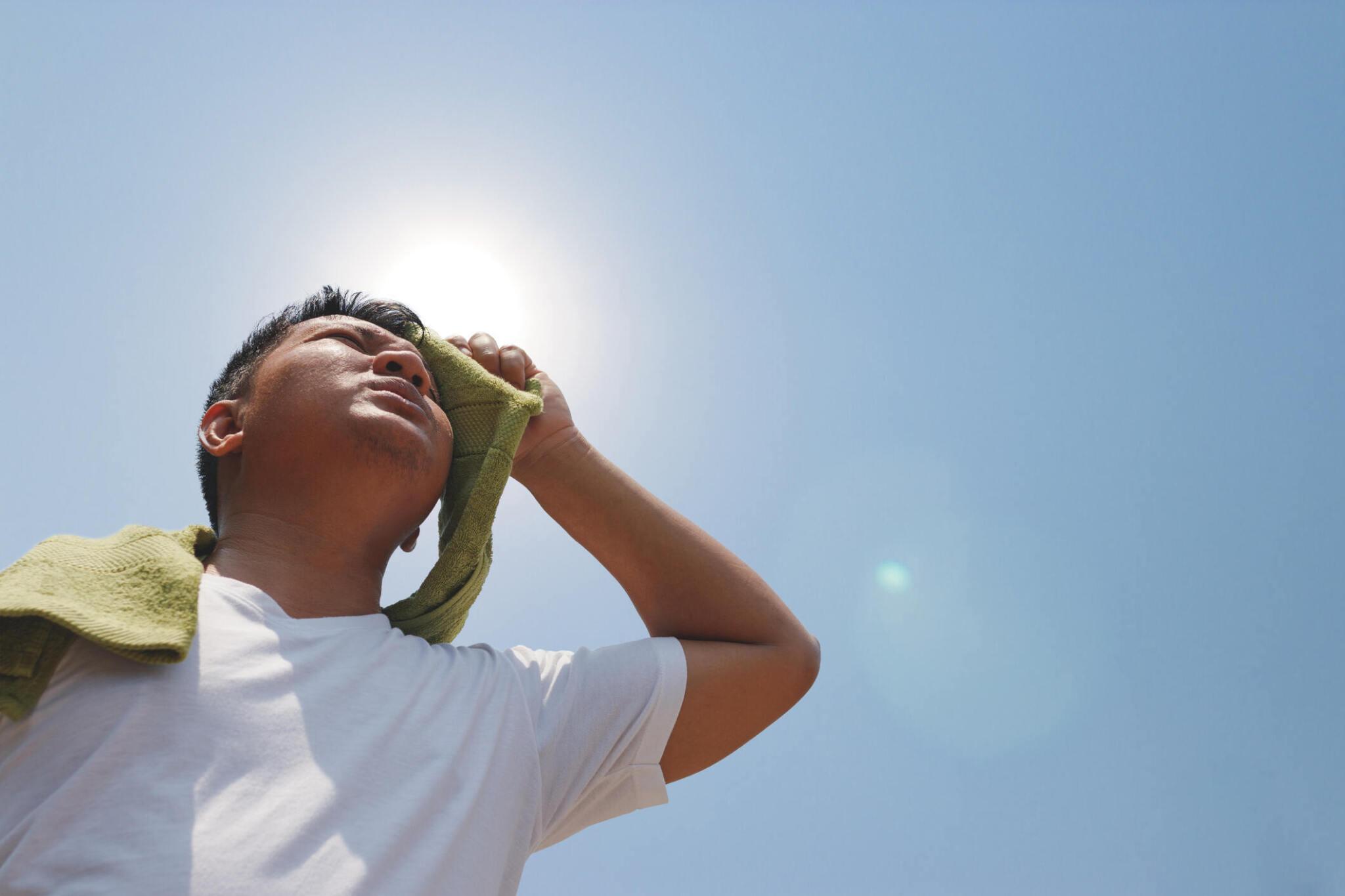Osteoarthritis ranks among the most prevalent joint issues globally, impacting millions as they grow older. Marked by the slow degradation of cartilage, it commonly results in rigidity, inflammation, and discomfort that hampers daily tasks. Standard treatments usually involve drugs, physical therapy, or, in severe cases, surgery. However, recent studies indicate that even a slight change in one’s walking style could substantially reduce pain. This straightforward adaptation provides an easy and non-invasive method for those seeking effective strategies to handle their condition.
Walking is a basic function most people take for granted, yet the mechanics of each step have a direct impact on how weight and pressure are distributed across the joints. For individuals with osteoarthritis in the knees, hips, or ankles, improper gait patterns can worsen symptoms and contribute to faster joint deterioration. Researchers studying the connection between walking style and pain relief have found that consciously changing stride length, foot placement, or posture may redistribute pressure in ways that reduce strain.
One of the most encouraging discoveries is that a small adjustment to the foot’s position can redirect pressure away from the injured regions of the knee joint. By rotating the foot slightly inward or outward while walking, tailored to the person’s specific situation, individuals might feel less discomfort when in motion. This modification can also decelerate the deterioration of cartilage, by stopping the same sections of the joint from enduring continued stress. More and more, physical therapists are incorporating these strategies into personalized rehabilitation plans for patients.
Beyond foot angle, altering stride length has also been shown to make a difference. People who take shorter, more controlled steps may find that their knees absorb less shock, reducing discomfort during prolonged walking. Conversely, certain patients benefit from lengthening their stride to improve balance and alignment. The key lies in personal assessment, as each person’s anatomy and condition are unique. Small adjustments tailored to the individual can transform walking from a painful task into a manageable, even therapeutic activity.
These results hold significant value because osteoarthritis lacks a cure, leaving numerous patients focusing on symptom management instead of reversing the ailment. Medications may provide short-term comfort for some but are often accompanied by possible adverse effects. Surgical interventions, like joint replacements, can be very successful, yet aren’t always feasible due to factors such as age, health concerns, or financial constraints. In light of this, adapting something as basic as walking style offers a cost-efficient and low-risk method that enables patients to manage their mobility independently.
Reasons to adjust one’s walking style go beyond just alleviating joint discomfort. When one’s step is positioned correctly, it lessens the burden on muscles and ligaments that support the joints, which frequently become overworked when joints are not as strong. Spreading out the pressure uniformly helps the body to maintain better balance, thus avoiding falls and other possible injuries. With continued practice, individuals might notice gains in stamina, self-assurance, and their general living standard. This method adopts a comprehensive view, addressing both the bodily and mental components of managing osteoarthritis.
Speaking with healthcare professionals like doctors and therapists, they stress the importance of making these modifications cautiously, preferably with professional oversight. Making changes to how one walks without the proper guidance can cause additional imbalances or discomfort in different parts of the body. For instance, incorrectly shifting one’s weight might reduce knee discomfort but elevate pressure on the hips or spine. This is why healthcare specialists advocate for gait assessments, typically conducted in medical facilities using specialized tools, to determine which adjustments are most advisable for each individual.
Technology is starting to be a factor in expanding access to gait training. Wearable gadgets and mobile apps currently enable individuals to track their walking habits continuously. These devices can offer insights into stride length, pace, and how feet are positioned, facilitating the adoption of improved walking techniques beyond medical environments. As these innovations become more widely available, they might contribute to making gait alteration a typical component of osteoarthritis management.
Importantly, modifying walking habits is intended to supplement, not substitute, other treatment options. Pairing gait training with low-impact activities like swimming, cycling, or yoga can additionally help diminish stress on joints while enhancing the muscles needed for movement. Moreover, keeping a healthy weight remains one of the most successful methods for alleviating pressure on joints affected by arthritis. Collectively, these lifestyle adjustments form a holistic approach to handling osteoarthritis without depending solely on medical treatments.
The psychological benefits of regaining control over one’s movement should not be underestimated. Osteoarthritis often leaves individuals feeling limited, frustrated, or dependent on others. Discovering that something as accessible as adjusting how they walk can relieve pain instills a sense of empowerment. Patients report feeling encouraged to stay active, which in turn supports overall health and slows the decline associated with sedentary lifestyles. In this way, a small physical change can spark broader improvements in well-being.
While much of the focus has been on knee osteoarthritis, researchers believe gait modifications may help with pain in other joints as well. Hip and ankle osteoarthritis, though less common, can also benefit from better weight distribution achieved through walking adjustments. Studies are ongoing to determine exactly which strategies work best for different joints, but early results suggest that the principle of shifting pressure away from damaged areas is widely applicable. This raises hope that a simple method could improve life for people with diverse forms of arthritis.
Although there is a sense of hope, specialists warn that not all patients will observe significant outcomes. The intensity of osteoarthritis differs greatly, and those with severe joint deterioration might still need either medical or surgical solutions. Nevertheless, even in serious conditions, gait retraining can offer partial relief and aid in recuperation after medical procedures. For those recently diagnosed or experiencing mild to moderate symptoms, incorporating walking adaptations early on can potentially postpone the necessity for more invasive treatments in the future.
Examining future prospects, incorporating techniques for altering walking patterns into public health communications may decrease the impact of osteoarthritis. As healthcare systems encounter rising demand from aging societies, self-administered, cost-efficient methods are extremely beneficial. Informing the public on how minor changes in everyday tasks can safeguard joint well-being might contribute to lowering the incidence of disability tied to the condition. Campaigns to raise public awareness, along with progress in digital monitoring, might integrate gait training as a central aspect of arthritis treatment.
The declaration that a minor change in walking style can ease osteoarthritis pain highlights the potential of practical, everyday solutions in healthcare. Instead of relying solely on medication or surgical options, patients can now look to their own movements as part of the treatment process. By working with professionals, using available technology, and staying consistent, individuals have the opportunity to reclaim mobility and independence. In a world where chronic conditions often feel overwhelming, the discovery that relief may be just a step away brings both hope and empowerment.





